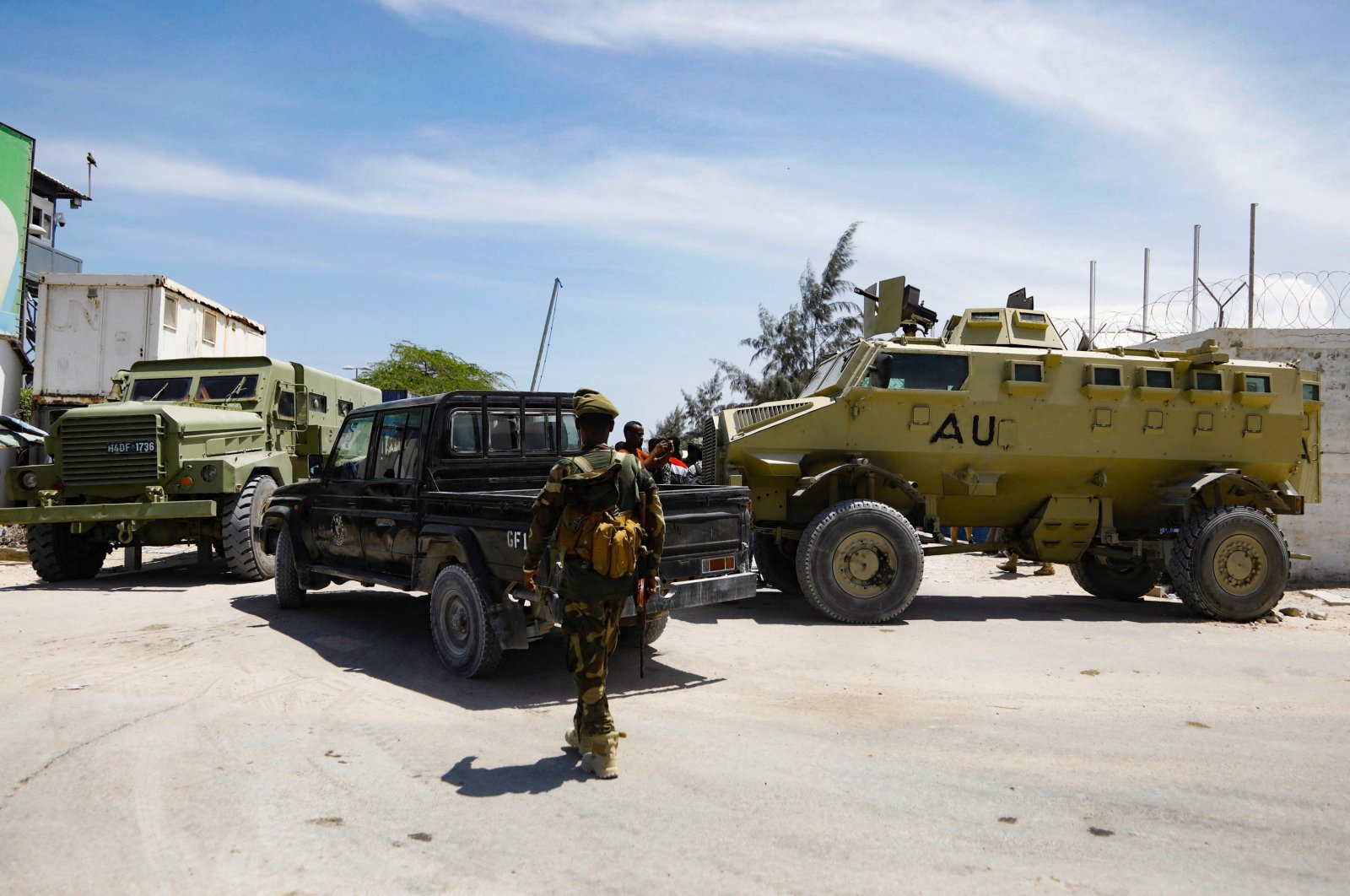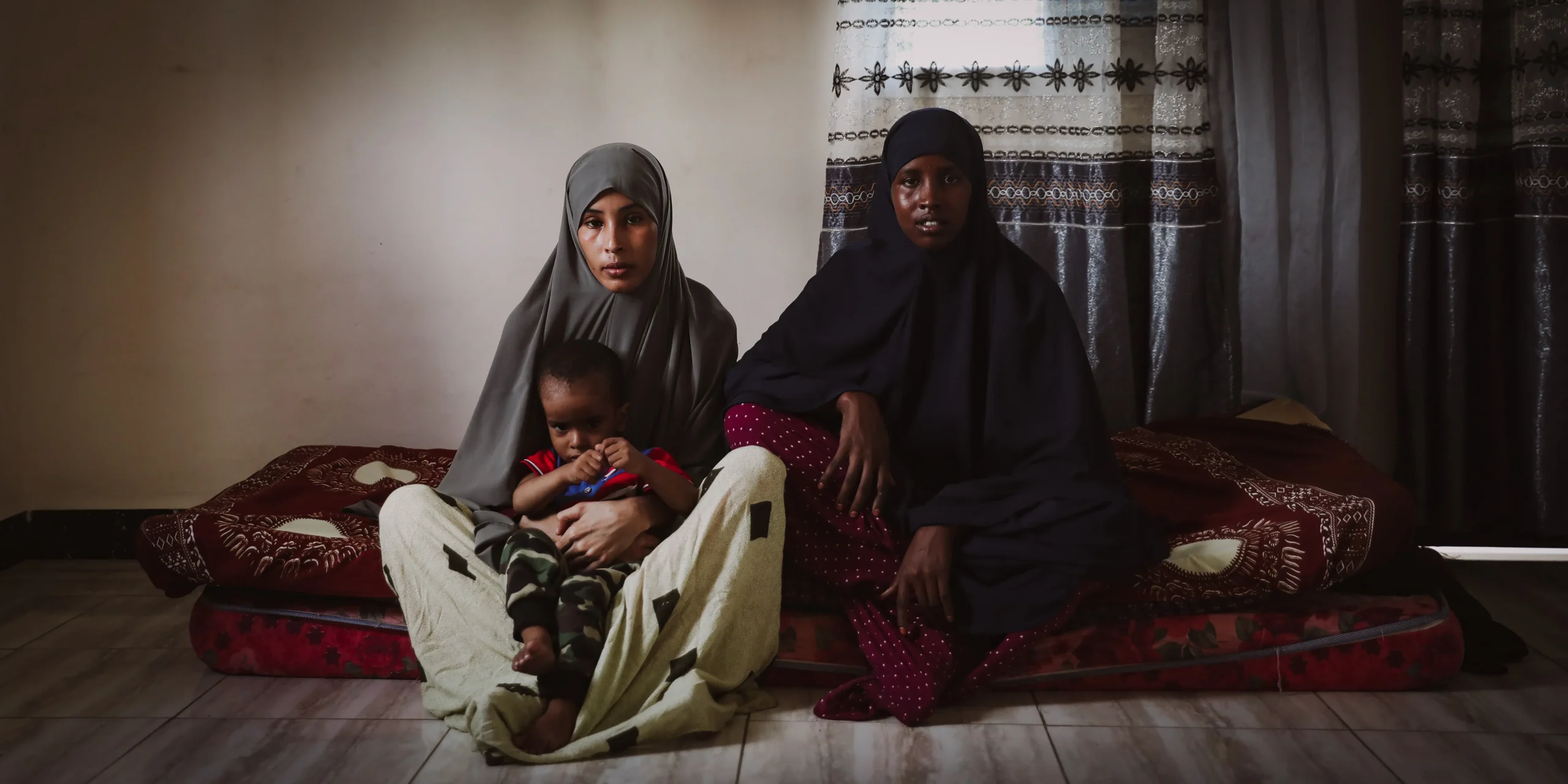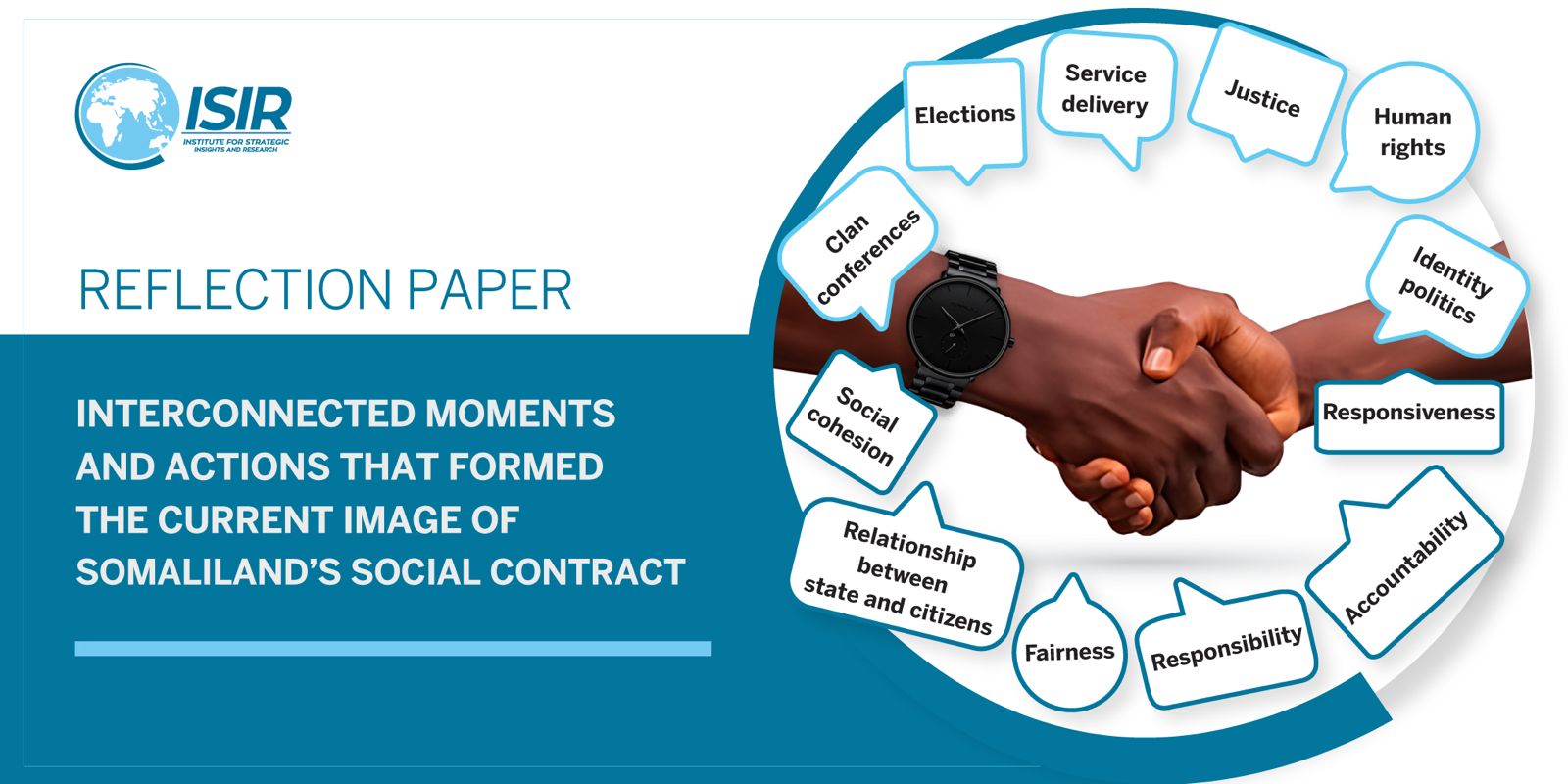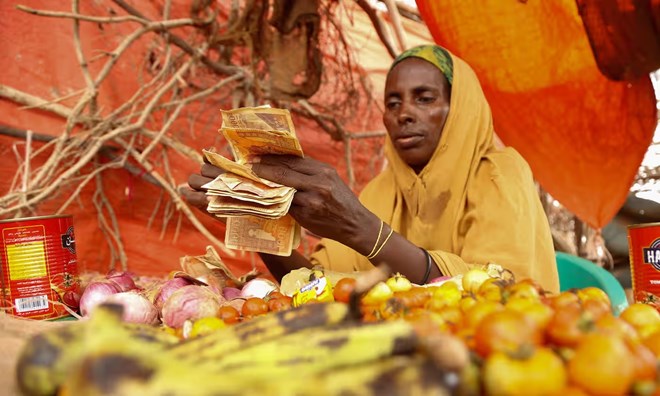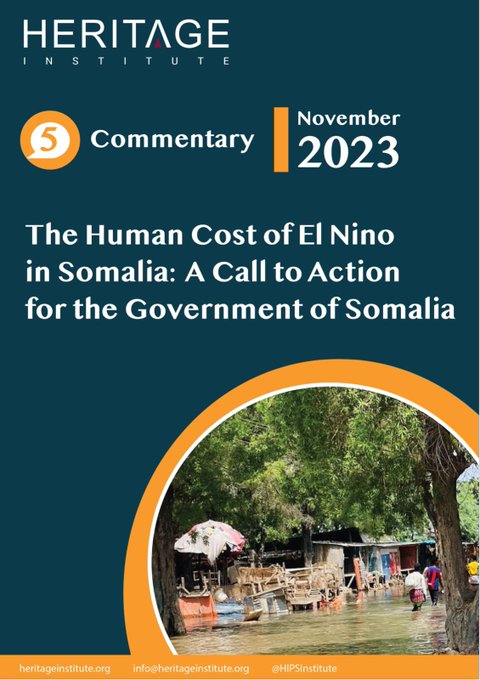Three and a half months after the first case of coronavirus was confirmed in Mogadishu, the triple threat of the virus, floods and desert locusts has aggravated Somalia’s complex, protracted humanitarian crisis. The crisis is largely driven by climatic shocks, years of armed conflict, widespread poverty and long-term vulnerability. In 2020, these shocks have left 5.2 million people in need of humanitarian assistance. From June to September, at least 3.5 million people are projected to fall into Crisis or Emergency food insecurity (IPC Phase 3 or higher), with 1 million children projected to be malnourished. Some 2.6 million people will remain displaced and nearly 1 million school children out of class due to the COVID-19 related closure of schools.
Since 16 March, the COVID-19 caseload surged to nearly 3,000, exacerbating pre-existing vulnerabilities, disrupting socio-economic gains and affecting livelihoods especially of low-income earners and families that depend on remittances from relatives living abroad. The virus has also reduced the humanitarian footprint in-country with staff working from home or in restricted environments. Despite the restrictions, humanitarians have managed to scale up responses to the humanitarian consequences of the pandemic and support to the Federal Government and member states to mitigate the spread and impact of the virus. In May, 2.3 million people received two months food rations while over 10 million were reached with COVID-19 awareness messages.
The Gu’ (April-June) rains have eased, but the impact of the recent flooding remains widespread. Approximately 1.2 million people were affected by flooding in 32 districts across Somalia, with almost half a million displaced from their homes. While most of the displaced have returned home, they need assistance to re-build their lives. Moreover, many of them are at risk of being affected again when the Deyr rains start in October. Humanitarians are also concerned that the coming rains may escalate the current outbreak of water borne diseases, particularly acute watery diarrhea and cholera. From January to mid-June, more than 4,430 cases with 24 deaths have been confirmed in 23 districts; a three-fold increase compared to the same period in 2019.
The rains have also regenerated pasture and aided crop growth, providing a conducive environment for desert locust breeding: especially in Somaliland, Puntland and Galmudug. Control measures have been scaled up, mainly through the implementation of FAO and the Federal Ministry of Agriculture and Irrigation’s Joint Desert Locust Crisis-Somalia Action Plan. FAO and the Federal Government have safely sprayed 31,086 hectares with bio-pesticides to reduce desert locust populations. These efforts have saved an estimated 62,100 MT of staple food from desert locust damage, valued at 18.6 million and sufficient to feed 414,200 people for a year. They have further protected feed and pasture sources needed by 28,800 pastoral households to keep their livestock productive and able to nourish their families.
Source: OCHA
Categories: Latest News








